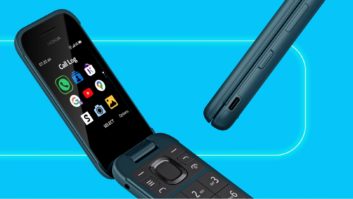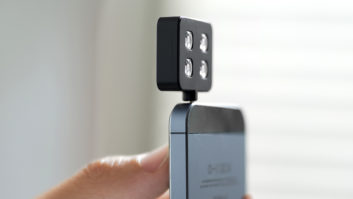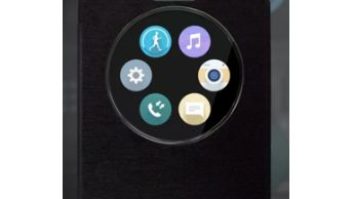Wireless executives here at this month’s CTIA Wireless 2007 talked about almost everything but voice.
They talked about mobile TV, mobile computers, videophones, MP3 players and high-speed wireless-data chips embedded in everyday consumer electronics devices.
They also talked about — and demonstrated — the next generation of high-speed data technologies, including Ultra Mobile Broadband (UMB) and LTE, short for Long-Term Evolution. (See story p. 34.)
Attendees who were focused on the next quarter, however, gravitated to booths where they could see phones that would hit store shelves in the coming days or months. There, they often found first-of-their-kind form factors, including a Samsung-made dual-sided music phone that looks like an MP3 player on one side and a phone on the other. Another form factor new to the United States was Helio’s “dual slider,” which features one slide-down dialing keypad and a completely separate QWERTY keypad that slides out to the left for use in landscape mode.
Handset suppliers also introduced more 3G W-CDMA phones incorporating high-speed downlink packet access (HSDPA) cellular data technology, new smartphones and PDA phones based on the new Windows Mobile 6 OS, and some of the first phones that will operate in the new 1.7GHz and 2.1GHz bands set aside for cellular in the United States, which are from iMate. For its part, Motorola told TWICE that its first multiband phones incorporating 1.7MHz technology will be available by late this year.
Carrier T-Mobile plans to launch 1.7GHz service this year throughout the country, but AT&T/Cingular said during the show that it is still determining how to use the 2.1GHz spectrum that it acquired at auction last year.
Another show highlight was HTC’s off-site unveiling of a palm-size Vista OS PC with built-in cellular.
This phone and others will hit the market following a year in which the number of net new subscribers posted their second-highest gain in industry history, CTIA said in releasing the results of its semi-annual carrier survey. The subscriber base grew by 25.1 million people in 2006 to 233 million, falling just short of 2005’s record-breaking gain of 25.7 million net new subscribers. The three strongest years for net subscriber growth all occurred in this decade, with 2000 posting the third-highest gain at 23.4 million.
With cellular penetration at all-time highs, carriers focused at the show on raising their revenues by offering more compelling non-voice data services, from delivering live TV to offering cellular-to-cellular video calls.
So far, carriers have been successful in boosting their revenues through non-voice services, CTIA said in announcing that carriers’ data revenues climbed 77 percent in 2006 to $15.2 billion. That represents almost 13 percent of total carrier revenues, up from 2005’s 7.6 percent.
(See p. 32 for details on what handset suppliers and carriers unveiled at the show to further leverage consumers’ growing data consumption.)







